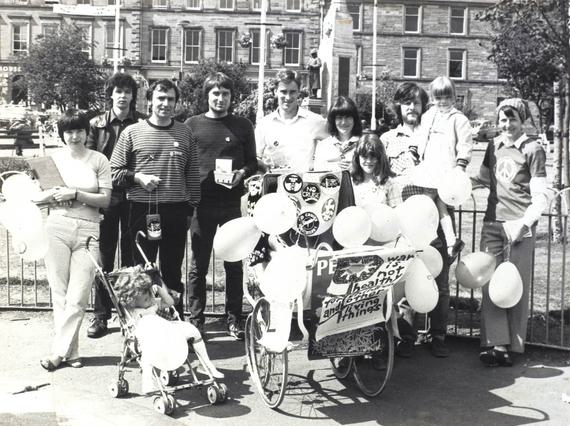
About Cold War Scotland
Cold War Scotland explores the stories of Scots at the centre of this global conflict.
The Cold War was a 40-year nuclear stand-off between the USA and the Soviet Union after the Second World War. Scotland’s unique landscape provided a useful base for Allied military preparations and research.
The impact of the war still lingers in Scottish politics, culture and memory. Scots played an active role in the global conflict as soldiers within intelligence services and as part of voluntary civil defences. The exhibition will draw on Scotland’s rich history of Cold War-era protest and activism.
Cold War Scotland is an output of Materialising the Cold War, a collaborative research project between National Museums Scotland and the University of Stirling. The project explores how the Cold War heritage is represented and how museums can adapt to tell this story in future. Materialising the Cold War is funded by a major grant from the Arts and Humanities Research Council.
Exhibition highlights

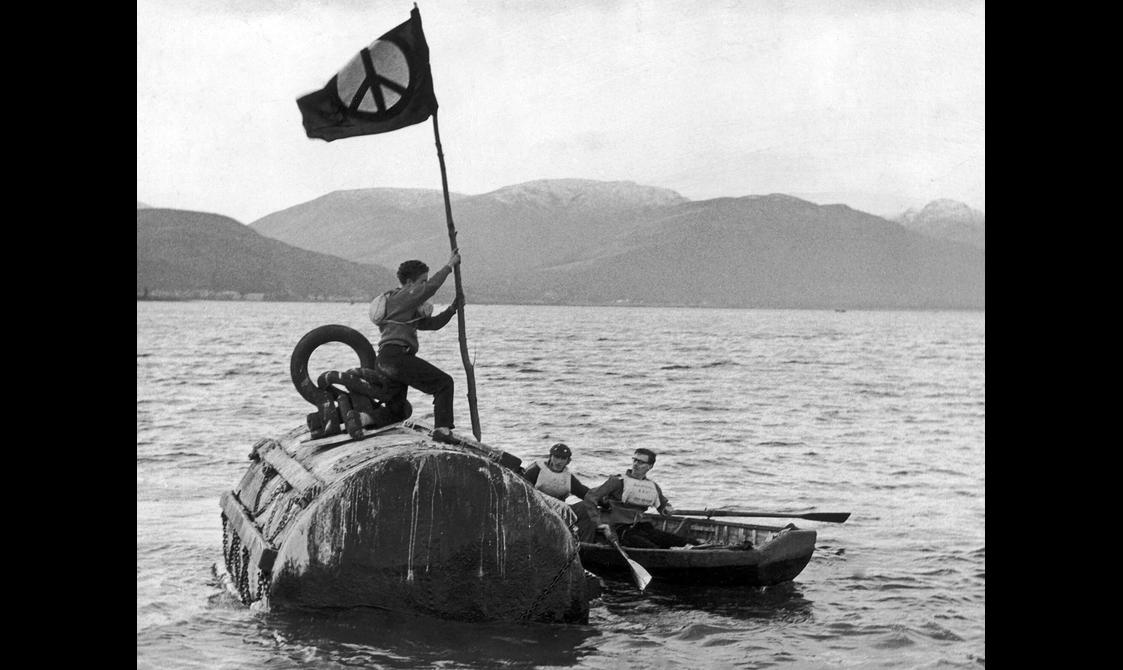
Polaris demonstration at Holy Loch, 3 February 1961.
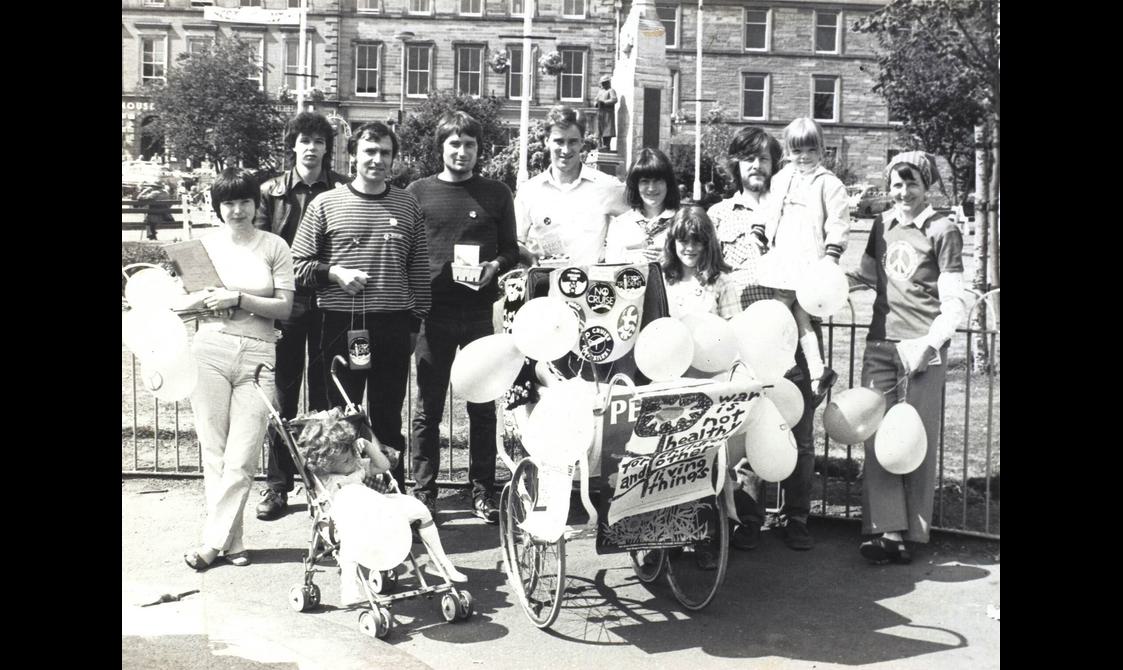
Campaign For Nuclear Disarmament Protest Glasgow, c1980s.
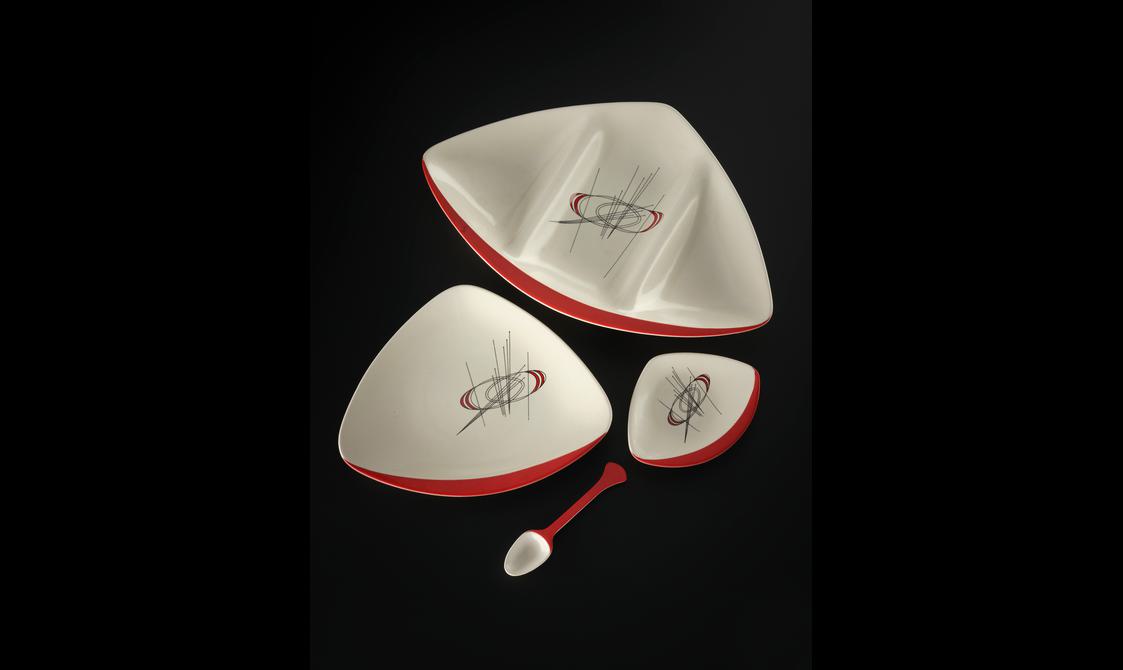
Orbit pattern earthenware platter, side plate, jam dish and spoon. Designed by Peter Forster, Carlton Ware Ltd, c1957. (K.2018.16.1-4)
Exhibition stories
- Discover
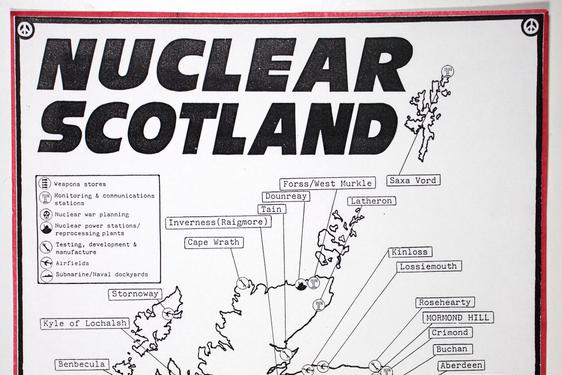
Nuclear Scotland during the Cold War
Nuclear power and nuclear weapons dominated the Scottish landscape, and people’s minds, during the Cold War. In 1959, Chapelcross, in Annan in southwest Scotland, became one of the first civil-military nuclear power stations in the world.…Keep reading - Discover
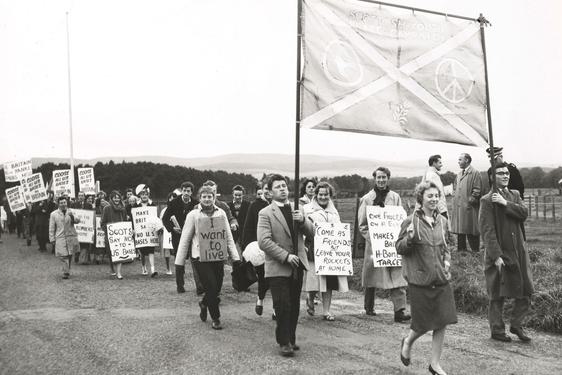
The Cold War and Scottish society
Cold War ideologies and cultures had a direct impact on Scottish society. Scotland was the site for cultural and political exchange from both sides of the Cold War across the 20th century. Politicians from both sides represented their…Keep reading - Discover

How Scotland became a Cold War Battleground
After the Second World War, Western and Soviet tension increased over plans for Germany. Western allies looked for collective security, and in April 1949 the North Atlantic Treaty organisation (NATO) was created. Scotland had huge…Keep reading
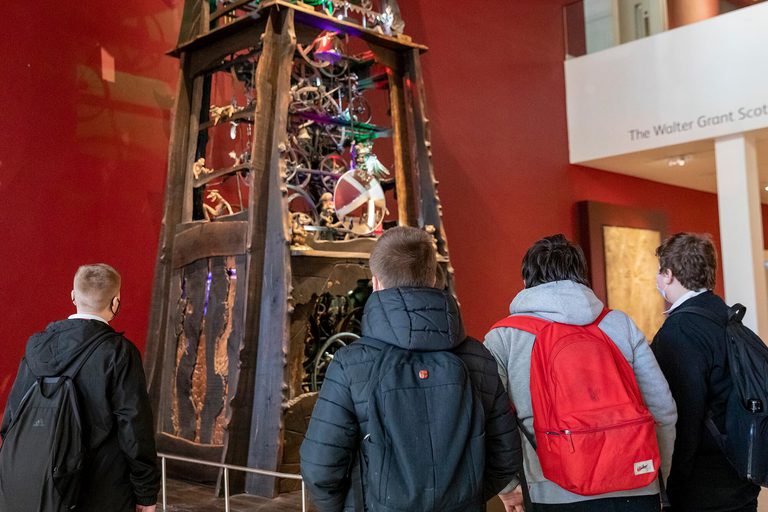
Planning a school visit?
All the information you need to plan a visit to the exhibition for your class

Planning a school visit?
All the information you need to plan a visit to the exhibition for your class
Accessibility and facilities
We want everyone who comes to our museums to enjoy their time with us and make the most of their visit. Be sure to check our museum map to make your way around the museum.
Museum entrances
There is level access to the Museum via the main doors to the Entrance Hall on Chambers Street and the Tower entrance at the corner of Chambers Street and George IV Bridge.
Lifts
Lifts are available to all floors of the museum.
Toilets
Toilets are available on most floors, including accessible toilets and baby changing facilities. There is a Changing Places (U) toilet in the Entrance Hall on Level 0.
You can access the museum map to find those nearest toilets or ask a member of our Visitor Experience team for directions.
Borrow a wheelchair
Wheelchairs are available for loan at no charge. On arrival, ask about availability at the Information Desk. Please note wheelchairs cannot be booked in advance.
Small mobility scooters are permitted inside the museum.
Assistance dogs
Guide dogs, hearing dogs and other recognised assistance dogs are admitted.
Visit our accessibility page for full access information for the National Museum of Scotland buildings.